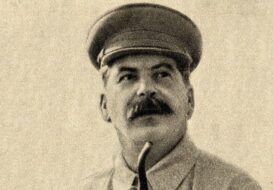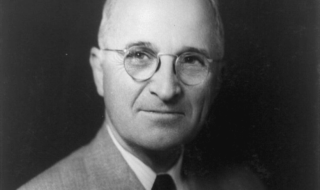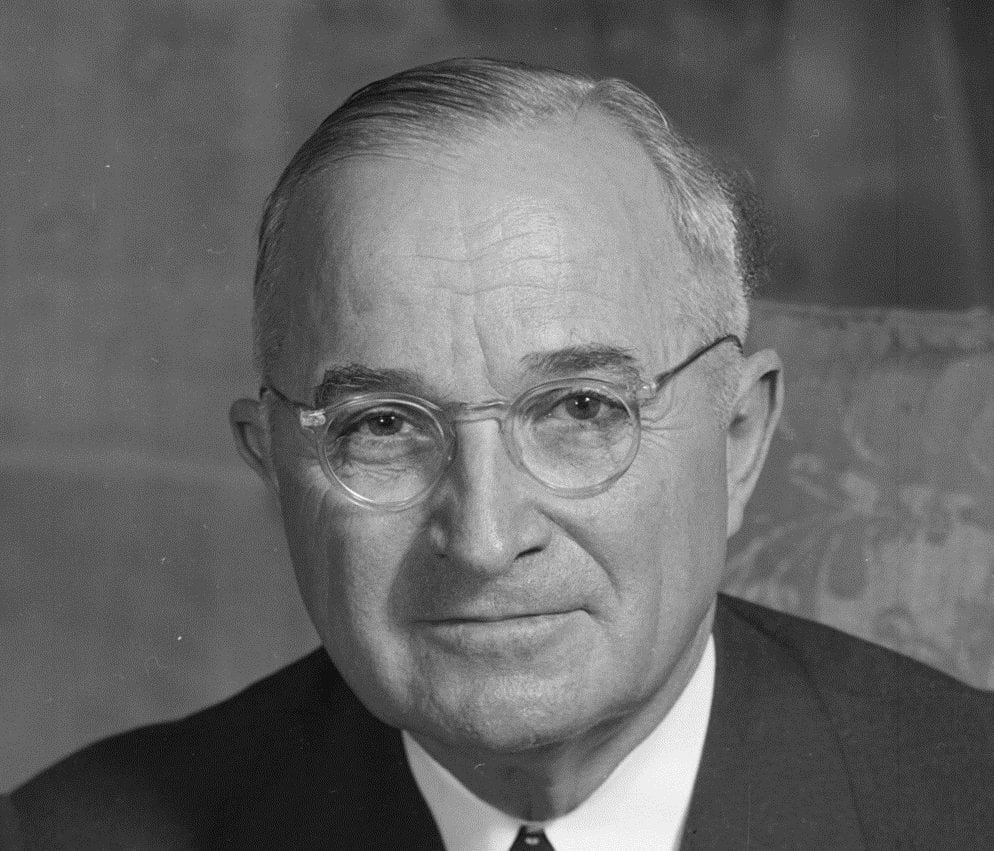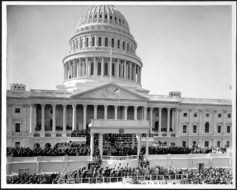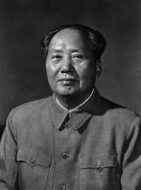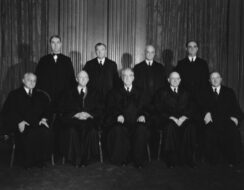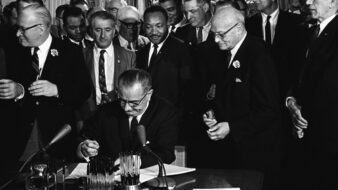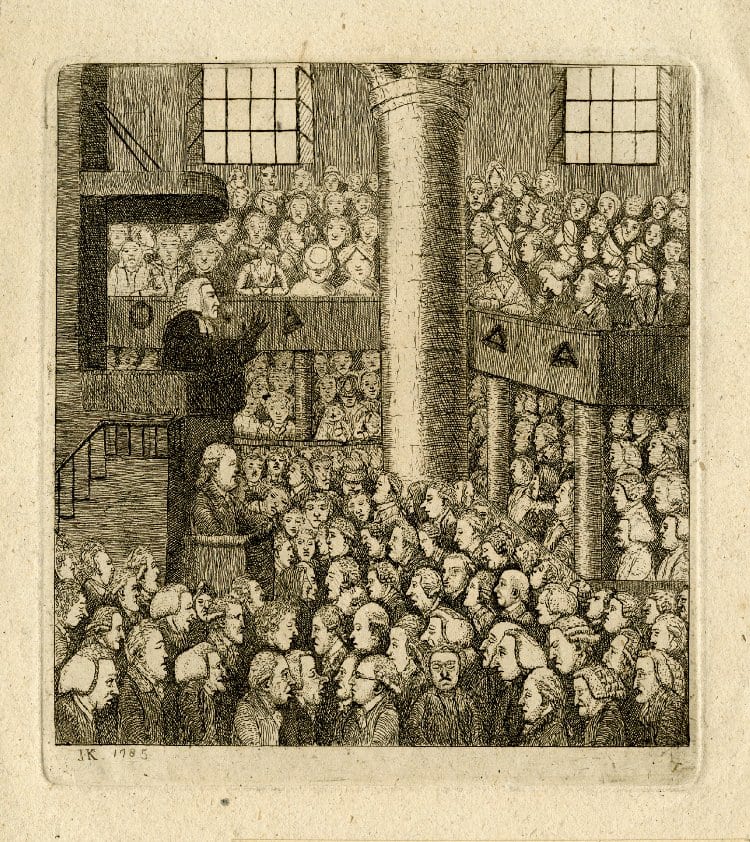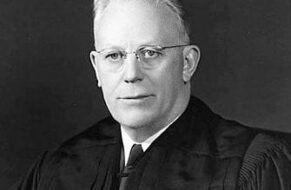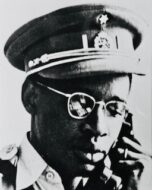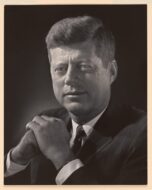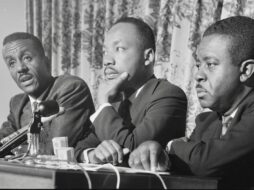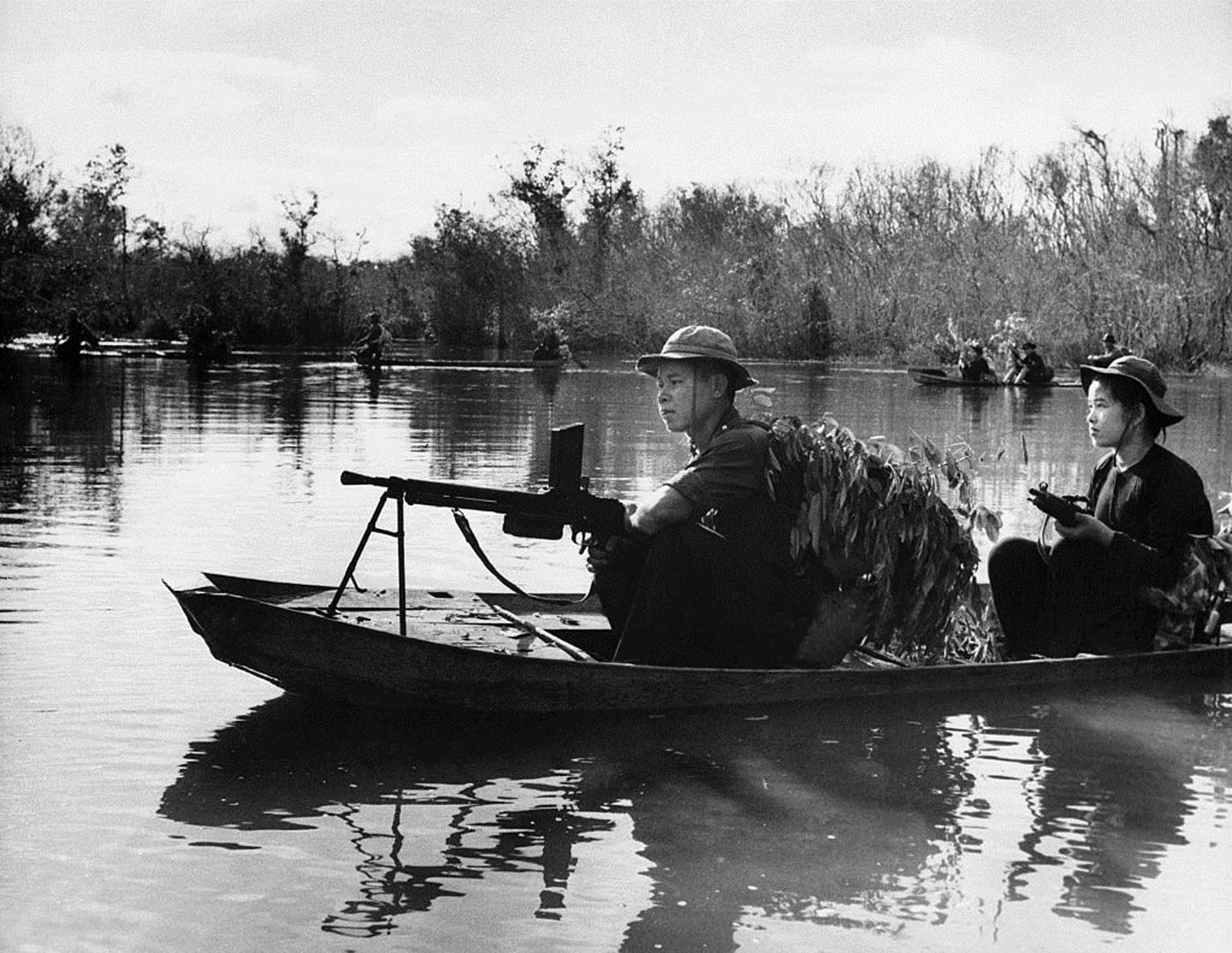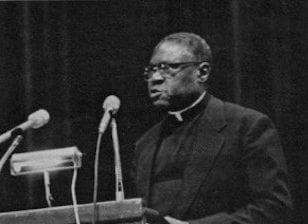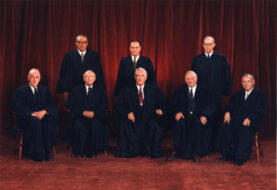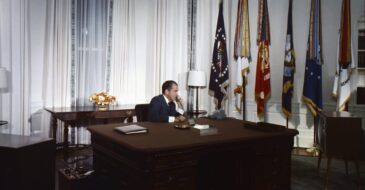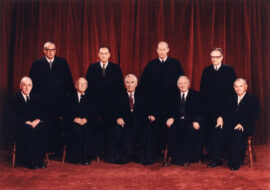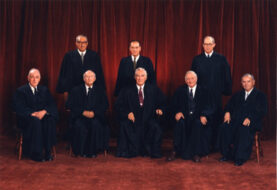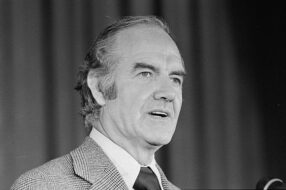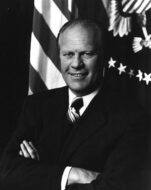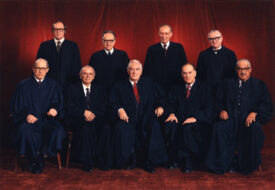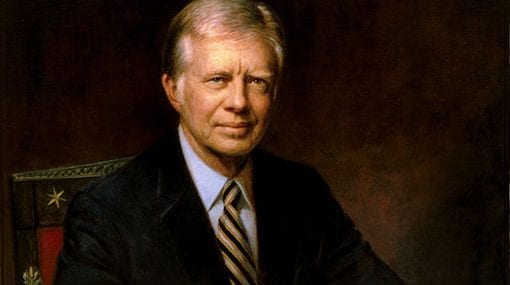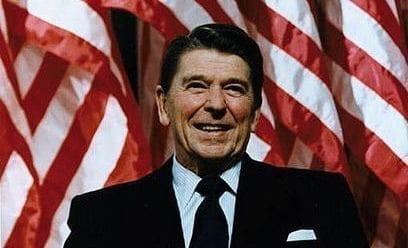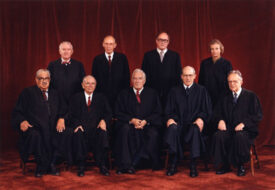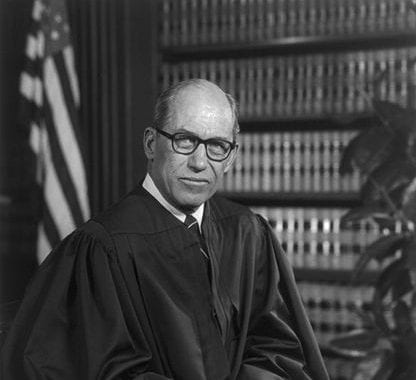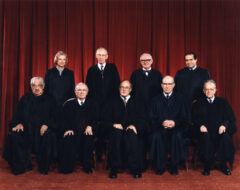Like Korea, Vietnam was split in two, North and South, in the aftermath of World War II. France, aided by the United States, failed to reassert its colonial control after fighting insurgent forces in Vietnam led by Ho Chi Minh and supported by the Chinese. The Geneva Accords (1954), signed by the Democratic Republic of Vietnam (North Vietnam, a communist regime), France, the People’s Republic of China, the Soviet Union, and the United Kingdom divided Vietnam at the 17th parallel and called for elections to be held by 1956 to reunite the country. Neither the United States nor the Republic of Vietnam (now in control of South Vietnam) accepted the Accords. The terms of the Accords were not honored by either side. The political and military struggle for control resumed.
By 1961, the United States had greatly increased its military and economic support of the government of Ngo Dinh Diem, the president of South Vietnam. Diem, though firmly anti-communist, had long struggled to secure the support of his people and establish the legitimacy of his regime. Government corruption and crackdowns on political opponents caused widespread unrest and deepened Diem’s unpopularity. Meanwhile, the communist insurgency was growing in power in the South, as North Vietnam pressed its objective to unify Vietnam under its rule.
Authored by President Kennedy’s Secretary of State, Dean Rusk, and Secretary of Defense, Robert McNamara, this report makes clear that U.S. policymakers believed the collapse of South Vietnam represented a grave threat to American and global security. Furthermore, should the United States fail to act, its credibility would suffer. Allies would question the commitment of the United States to protect them, and the fall of South Vietnam would lead to neighboring nations also becoming communist – the domino theory.
Rusk and McNamara recommended taking all necessary steps to contain the spread of communism to South Vietnam, including, if necessary, the deployment of U.S. combat forces to fight the growing communist insurgency. This proposal showed the militarization of containment at work (See Kennan and NSC 68). Rusk and McNamara hoped such a step could be avoided by providing more support for naval and ground force actions by the South Vietnamese military. By the date of this report, the United States had already stationed several thousand military advisers in Vietnam and 25 servicemen had died there. By late 1963, the number of advisers had increased to 16,000 and 175 more Americans had been killed in the fighting. Despite this support and more economic aid, the government of South Vietnam did not stabilize nor did it defeat the communist insurgency.
Kennedy’s assassination in November 1963 passed this problem on to President Lyndon Johnson, who, in early 1965, made the fateful decision to send U.S. combat forces to Vietnam (See Johnson, Joint Resolution of Congress, Johnson, and Ball). Yet the United States still struggled to stop the communist revolution. As American casualties mounted, the war became increasingly unpopular, adding to domestic tensions during the late 1960s (See SNCC and Nixon).








